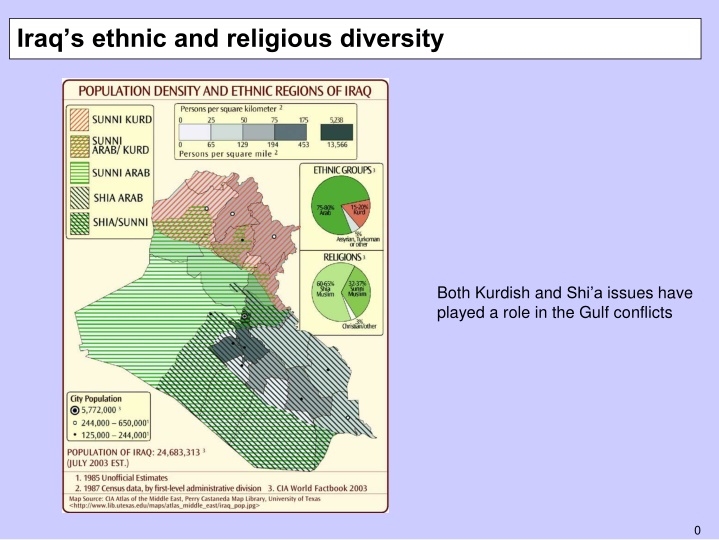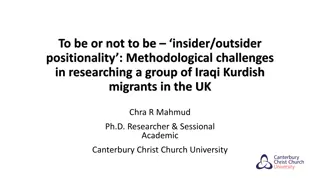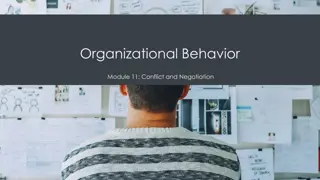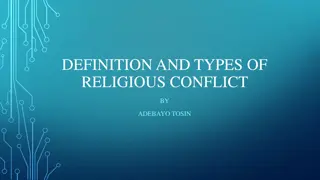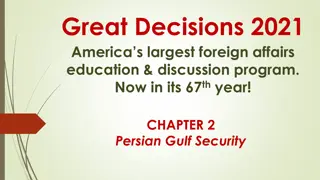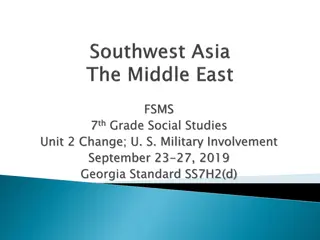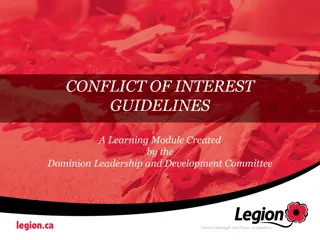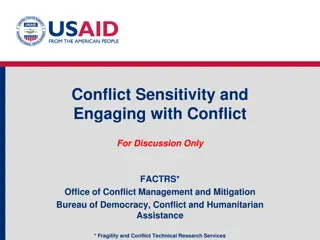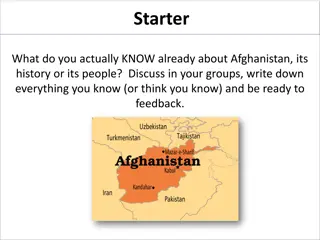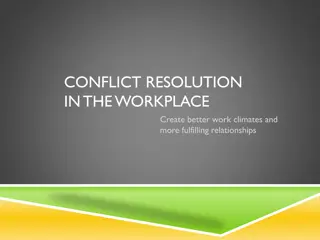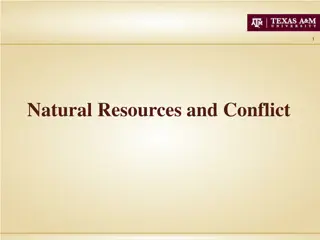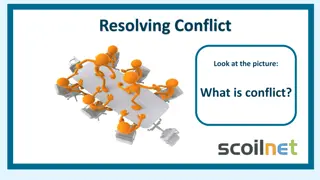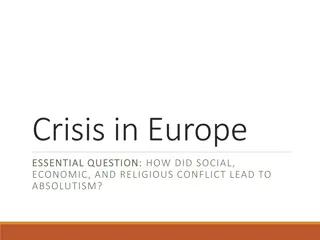Iraqi Conflict: Ethnic and Religious Diversity Influence Gulf Conflicts
Iraq's complex ethnic and religious diversity, including Kurdish and Shia issues, have significantly impacted the Gulf conflicts. From the Iran-Iraq War to the First Gulf War and beyond, territorial disputes, economic factors, and geopolitical tensions have shaped this volatile region. The aftermath of these conflicts has led to ongoing instability, rebellions, and international interventions in Iraq.
Download Presentation

Please find below an Image/Link to download the presentation.
The content on the website is provided AS IS for your information and personal use only. It may not be sold, licensed, or shared on other websites without obtaining consent from the author.If you encounter any issues during the download, it is possible that the publisher has removed the file from their server.
You are allowed to download the files provided on this website for personal or commercial use, subject to the condition that they are used lawfully. All files are the property of their respective owners.
The content on the website is provided AS IS for your information and personal use only. It may not be sold, licensed, or shared on other websites without obtaining consent from the author.
E N D
Presentation Transcript
Iraqs ethnic and religious diversity Both Kurdish and Shi a issues have played a role in the Gulf conflicts 0
Iran-Iraq War (1980-1988) Based in longstanding disagreements Religious, ethnic, and territorial Iranian revolution as the catalyst Khomeini called on Iraqi Shi a to rise up against Hussein Internal Iranian chaos and apparent military weakness The war begins (1980) Iraq makes some quick gains of border territory, which forced Iran to mobilize masses of young soldiers and solidify the regime Iranian counterattacks in early 1982 drove Iraq back across the border and into a defensive position War of attrition (1982-1988) Mostly fought on Iraqi territory; Iraq survived a series of scares on Basra Western and US support for Hussein against Islamic Iran Iraqi use of chemical weapons, including against Kurds in Halabja File:Halbaja-monument.jpg End of the war Cease-fire in 1988, with no real change to territory or leadership Massive casualties (more than twice as many for Iran) Iraq ended the war with 1 million soldiers Halabja monument 1
The Iran-Iraq war Territorial gains on both sides were rather minimal 2
The First Gulf War Reasons for the first Gulf War Longstanding border dispute Kuwait was overproducing on its OPEC quota Limited Iraqi access to the Persian Gulf Huge Iraqi debts and potentially disloyal military Longstanding resentment of the Gulf oil monarchies Iraq believed it might be able to get away with it The war begins (1990) Iraq annexed Kuwait as the 19th province of Iraq after a six-day invasion US builds a coalition of countries to fight Iraq Operation Desert Shield The Arab world split over participation in the war Huge resentment of US forces stationed on Saudi soil The war (1991) Operation Desert Storm began after the Iraqis refused to withdraw Long air campaign followed by a short land invasion Hussein attempts to link the war to the Palestinian cause Easy land victory with Iraqi troops surrendering and fleeing rapidly Controversial decision not to go in and overthrow Saddam 3
After the Gulf War Instability in Iraq Rebellion in the Shi a south triggered by retreating soldiers Kurdish rebellion in the north Major Kurdish refugee crisis, which led to UN intervention in the north International restrictions Destroy chemical/biological/nuclear weapons programs, ballistic missiles Restriction on imports, manufacturing No-fly zones over the north and south Oil for Food program agreed in 1996 Massive suffering as a result of the international sanctions Changes in Kuwait Formation of a national assembly, with elections in 1992 Had to dig deep into its pockets for reconstruction Financial and legitimacy scandals in the ruling family Permanent presence of US soldiers Saudi Arabia Petitions from liberals and Islamists against the government Creation of a majlis al-shura Increasing resentment of US presence in the country Huge Gulf refugee crisis all over the Middle East 4
The Second Gulf War Saddam in the 1990s Managed to have an on-again/off-again relationship with UNSCOM Continued a public campaign of defiance despite the fact that his weapons programs had been destroyed Why did Saddam remain defiant? Linkage of Saddam to 9/11 attacks in the US Dubious linkages: was Saddam an Islamist? Resurrection of a campaign against WMD and Iraq s defiance Led by a small group in the White House and Pentagon Success in Afghanistan made this look like a winnable war Designation of Saddam as part of an axis of evil in 2002 Migrating justifications for the war The invasion British and American troops invade in March 2003 Pretty quick ground battle, Saddam goes into hiding and is eventually discovered Division of labor in American (Center) and British (South) zones Institutional development under occupation Movement toward a constitution and representative national assembly Sunni reluctance to participate Insurgent strategy of making Iraq ungovernable 5
Civil violence in Iraq Iraqi civilian deaths by month from 2003 6
Displaced families in Iraq 140 120 100 80 60 40 20 0 March April May June July Thousands of Iraqis displaced since March 2006 Source: IOM 7
Violence in Iraq The percentage of attacks on Iraqis increased in 2005-2006 8
Key lecture termsOctober 17 and 19 Green line Saddam Hussein Maronites Ayatollah Khomeini Hizbullah Shatt al-Arab Siege of Beirut Halabjah Taif Accords UN Special Commission on Disarmament (UNSCOM) Michel Aoun Oil for Food Program Omar al-Bashir Civil Society Hasan al-Turabi Corporatism John Garang Diwaniyya Nairobi peace accords Qat chew Darfur Al-Jazeera Kurdistan Workers Party (PKK) Mukhabarat Berbers Tazmamart 9
